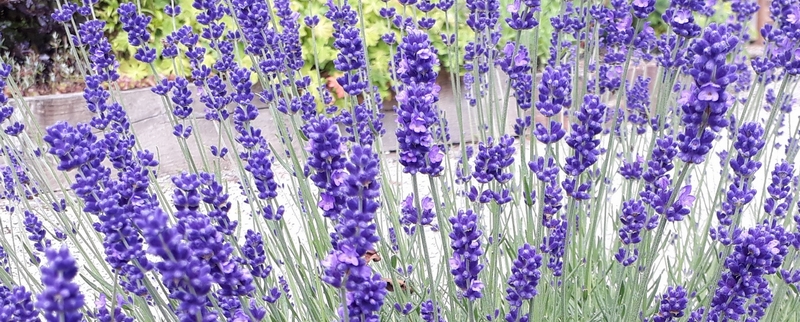Supporting Wildlife in a small Garden
Working with small spaces is always challenging whether you are furnishing a room or laying out a garden. When you cannot fit in everything that you would love to have, it is time to prioritise and that is especially tough when your small garden has to serve both family and wildlife. An internet search for wildlife gardening quickly yields a long list of suggestions, many based on building or installing homes for specific creatures and all of which have a clear benefit so get added to the ‘must have’ list. Before long that list could fill a few acres and it is easy to wonder if you can help wildlife in a small garden. Well the answer to that question is a resounding Yes! Most definitely, because your garden is part of a wider wildlife landscape and that gives it power beyond its size.
The first step to deciding what habitats and features you want to include is to focus on what you are realistically hoping to achieve and the crucial question here is What wildlife is likely to be in and around your garden? And that means understanding your neighbourhood from a wildlife point of view. I live in Kent in S.E. England and it is a county with a great variety of landscapes so the questions for gardeners here are:
- Where in the county do you live? Gardens near the coast will naturally be host to some different creatures from gardens inland. The North Downs host a rich ecosystem that will be different from that on Romney Marsh.
- Does your garden back onto woodland, fields, a river or a whole load more small gardens in a town? The immediate surroundings are a key driver of what wildlife is already ‘out there’ and ready to accept your support.

Understanding your local environment has a second benefit too. Wildlife does not see the boundaries as we do. You would not casually wander into your neighbours’ garden because you fancied sitting by their pond, but birds and animals do precisely that. By taking a bird’s eye view – literally if you look out of an upstairs window – and seeing what habitats are already provided, you can focus your space on filling the gaps with support for creatures that you know are likely to be present but lacking the necessities of Shelter, Food or Water. For example, if you see a wildlife pond just over the hedge, then, in a small garden and if you do not feel able to manage a pond, you can provide a shady rock pile for amphibians to shelter in.
If your garden backs onto barren playing fields then hedges and a small tree for birds would be a valuable addition along with somewhere to shelter insects and other minibeasts. These can be natural, piles of leaves, hollow stems or logs or you can install something manmade. As long as the need is met wildlife will not be fussy.
Creating a haven for wildlife may seem a daunting goal when you start out. But the truth is that your garden is already awash with wildlife, much of it unnoticed, with at least six legs and vital to the ecosystem supporting the more visible birds, amphibians and mammals that might visit.
Every garden no matter how small is part of the green jigsaw that our native wildlife needs. Gardens support a resident population, helping greater numbers to survive through cold winters or dry summers, and form ‘green corridors’ linking disparate populations and enabling species to extend their range. And one of the best things you can do is to talk to local friends and neighbours about wildlife gardening. Think how much can be achieved by local communities working together to provide diverse habitats across our towns. For more information on wildlife in your locality and to link with like-minded gardeners check out you local Wildlife Trust via The Wildlife Trusts website
Wildlife gardening in a small space may take a bit of research, prioritising and accepting that you cannot offer everything to every creature but you will be rewarded each day when you look out of the window.
Happy Gardening & Happy New Year from Alison
If you enjoyed reading this blog, you can receive my free monthly newsletter direct to your email in-box, with blogs, video tips and seasonal articles. Subscribe HERE

